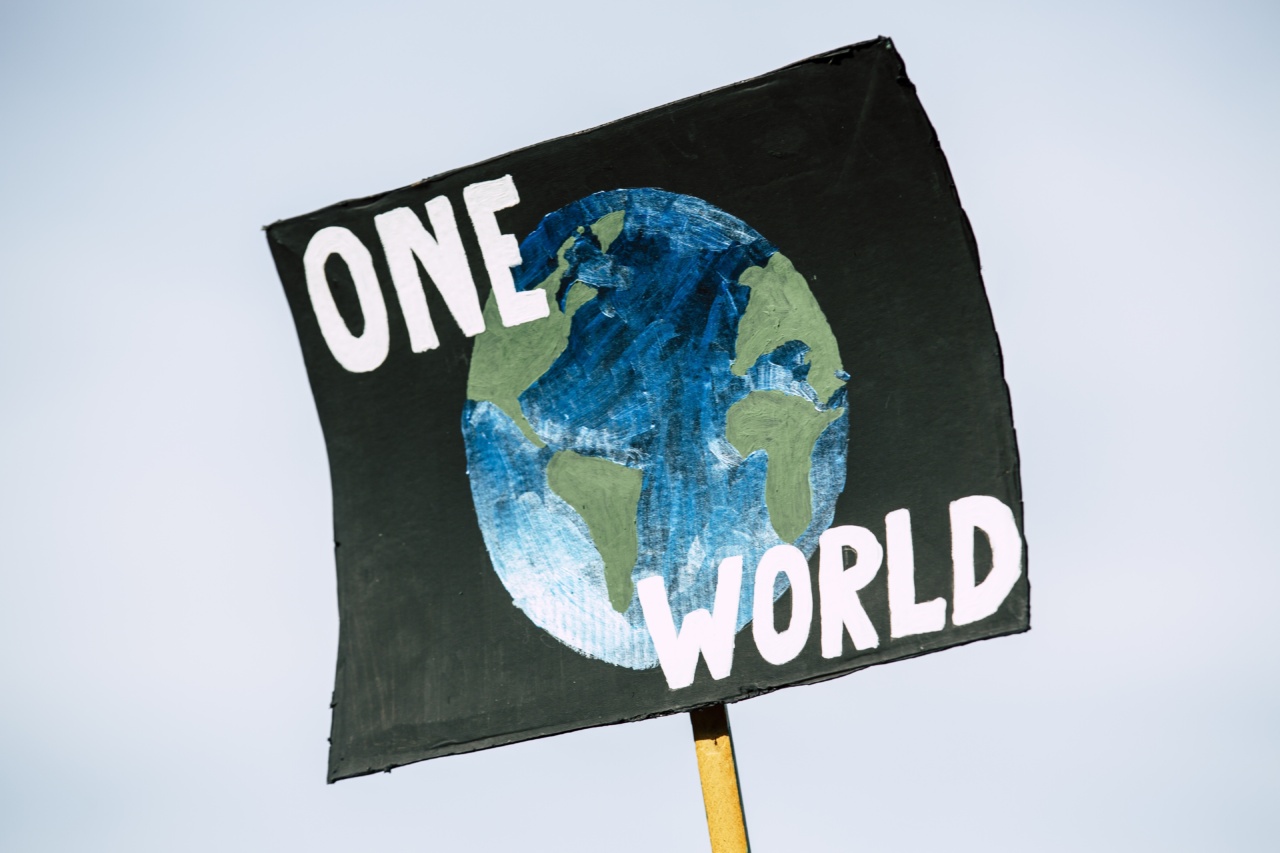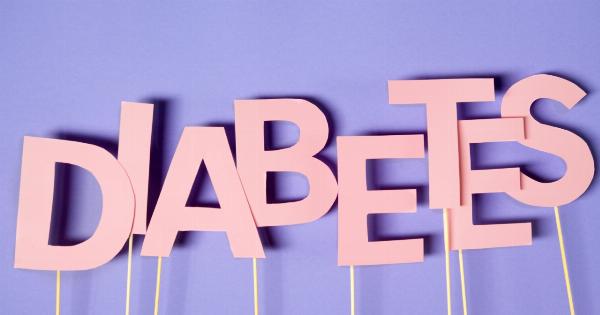October 29th is marked as World Stroke Day, an annual event aimed at raising awareness about strokes, their prevention, and treatment.
This day serves as an important reminder of the impact strokes have on individuals, families, and communities worldwide. Understanding the significance of World Stroke Day and being knowledgeable about strokes can help save lives and improve the overall well-being of individuals at risk.
This article delves into the importance of World Stroke Day, the key information you need to know about strokes, and how you can contribute to the cause.
What is a Stroke?
A stroke occurs when the blood supply to a part of the brain is interrupted or reduced, depriving the brain tissue of oxygen and nutrients.
This can happen due to a blockage in an artery supplying blood to the brain (ischemic stroke) or due to the rupture of a blood vessel in the brain (hemorrhagic stroke). The consequences of a stroke can vary widely depending on the affected area and the speed at which medical intervention is provided.
Recognizing the Signs and Symptoms of a Stroke
Recognizing the signs and symptoms of a stroke is crucial because time plays a vital role in minimizing the damage caused by a stroke and increasing the chances of a successful recovery. Common signs and symptoms include:.
- Sudden numbness or weakness in the face, arm, or leg, especially on one side of the body
- Difficulty speaking or understanding speech
- Confusion or trouble with vision
- Sudden severe headache with no known cause
- Dizziness or loss of balance
It is important to remember the acronym FAST to recall the common signs of a stroke:.
- Face drooping
- Arm weakness
- Speech difficulties
- Time to call emergency services
If you or someone around you experiences any of these signs or symptoms, it is crucial to seek immediate medical attention.
The Significance of World Stroke Day
World Stroke Day is an annual event that raises awareness about strokes and educates the public on their prevention, treatment, and rehabilitation. The day serves as a reminder that strokes can happen to anyone at any age and that prevention is key.
Each year, World Stroke Day encourages individuals, healthcare professionals, and organizations to take action to reduce the impact of strokes worldwide.
Preventing Strokes: Key Strategies
While strokes can occur suddenly, there are several key strategies that can significantly reduce the risk:.
1. Healthy Lifestyle Choices
Adopting a healthy lifestyle can help prevent strokes. This includes:.
- Eating a balanced diet rich in fruits, vegetables, whole grains, and lean proteins
- Exercising regularly and maintaining a healthy weight
- Avoiding smoking and excessive alcohol consumption
2. Controlling High Blood Pressure
High blood pressure is a leading risk factor for strokes. Regular monitoring and management of blood pressure can greatly reduce the risk. This is achieved through a combination of medication, a healthy diet, exercise, and stress management.
3. Managing Diabetes
Diabetes increases the risk of strokes, but by controlling blood sugar levels through proper diet, medication, and regular check-ups, the risk can be lowered.
4. Regular Exercise
Engaging in regular physical activity, such as brisk walking, swimming, or cycling, helps maintain cardiovascular health and reduces the risk of strokes.
5. Avoiding Excessive Alcohol Consumption
Excessive alcohol consumption can raise blood pressure and contribute to the development of various health conditions, including strokes. Moderation or avoidance of alcohol is crucial.
6. Quitting Smoking
Smoking damages blood vessels and raises the risk of strokes. Quitting smoking significantly reduces the risk and yields multiple other health benefits.
7. Regular Health Check-ups
Schedule regular check-ups with healthcare professionals to manage and monitor conditions such as high blood pressure, cholesterol, and diabetes that can increase the risk of strokes.
Understanding the Treatment Options
Timely medical intervention is crucial when it comes to treating strokes effectively. The treatment options for strokes depend on the type and severity of the stroke:.
1. Ischemic Stroke
Ischemic strokes, caused by a blockage in a blood vessel, are often treated with medications such as tissue plasminogen activator (tPA) to dissolve the clot. Mechanical interventions like thrombectomy may be performed to remove the clot.
2. Hemorrhagic Stroke
Treatment for hemorrhagic strokes, caused by bleeding in the brain, focuses on controlling the bleeding and reducing the pressure on the brain. Surgery may be required to repair blood vessel abnormalities or remove blood clots.
3. Rehabilitation
Recovering from a stroke often requires rehabilitation to regain lost skills and functions. This may involve physical therapy, speech therapy, occupational therapy, and psychological support to facilitate recovery and improve overall quality of life.
Getting Involved: How You Can Contribute
World Stroke Day provides an opportunity for individuals and organizations to contribute to the prevention and treatment of strokes:.
1. Spread Awareness
Use World Stroke Day as a platform to raise awareness among family, friends, and colleagues about the signs, symptoms, prevention, and treatment of strokes.
Share informative resources through social media, organize community awareness events, or participate in local health campaigns.
2. Support Stroke Research and Organizations
Consider supporting stroke research initiatives and organizations working towards improving stroke prevention, treatment, and rehabilitation. Monetary donations or volunteering your time can make a substantial impact on the lives of stroke survivors.
3. Educate Yourself
Take the initiative to educate yourself about strokes and their prevention. Stay updated on the latest research, treatment options, and lifestyle modifications that help reduce the risk of strokes.
Knowledge is a powerful tool in preventing and managing strokes.
Conclusion
World Stroke Day serves as a reminder that strokes are a global health concern that can affect anyone, regardless of age or background.
By understanding the signs, symptoms, prevention strategies, and treatment options, individuals can play an active role in minimizing the impact of strokes. World Stroke Day empowers individuals to take action and contribute to a world with fewer strokes and better outcomes for survivors.
Let us join hands on this important day to raise awareness, promote prevention, and support stroke survivors on their journey to recovery.































